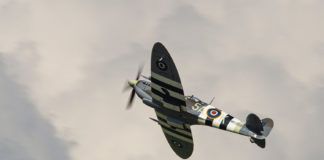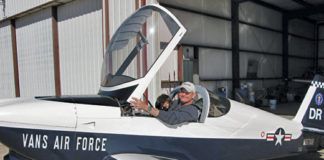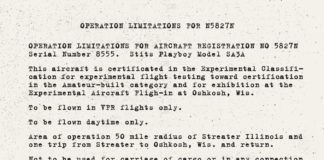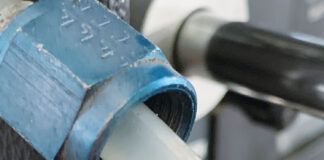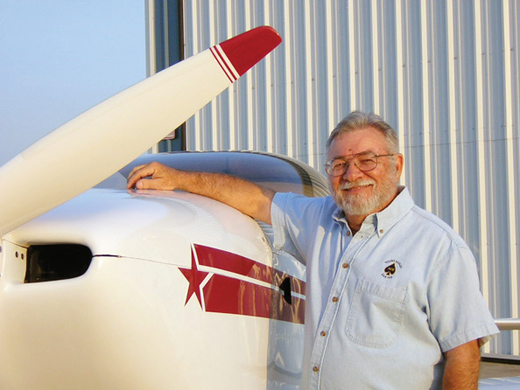
Question: I know that we must display the large “Experimental” placard. Are there requirements for any others? I have seen some planes with a small placard that states, “Passenger Warning: This aircraft is amateur built and does not comply with the Federal safety requirements for standard aircraft.”
Answer: The placards you mention are the only ones required for Experimental/Amateur-Built aircraft. For Experimental Light Sport aircraft, the passenger warning is similar, but uses the words “Experimental Light Sport aircraft” instead of “Experimental/Amateur-Built aircraft.”
The “Experimental” placard must be between 2 and 6 inches tall. There is no size requirement for the passenger warning. It just has to be easily readable and visible to people entering the cockpit.
Question: I am starting the paperwork to get my RV-7A licensed and want to put it in an S-Corp. I have one I use for work and was considering putting the plane in it for tax reasons. Can I do this?
Answer: I have never run across anyone registering an Experimental/Amateur-Built aircraft owned by an S-Corp. I’ve had several using an LLC, and that is not a problem. Keep in mind that a corporation might be listed as owner, but not the builder. The builder must be an individual. When submitting the aircraft for certification, the applicant must submit a notarized statement from the corporation authorizing the applicant to sign for the corporation.
Question: I’m toying with the idea of building a Rand-Robinson KR-2. It has a low enough gross weight to be an LSA, and if you build it light, it has a low enough stall speed. But the top speed as designed is much faster than 120 knots. If I build a modified KR-2, with a lower cruise speed, can I fly it with a Sport Pilot license? And could I do the same thing if I buy one that was certified with the original cruise speed and modify it to slow it down?
Answer: The KR-2 is not a good candidate for LSA. You can build anything and claim it to be in compliance with LSA. But remember, the maximum stall speed requirement for LSA is a “clean” stall speed (i.e., flaps up). Also the KR-2 was originally designed as retractable. You would have to build a fixed-gear version.
If you build your own engine and restrict it to a certain rpm or horsepower output, you might get a KR-2 to comply with LSA speed requirements. To do this, however, you must be the manufacturer of the engine.
The problem comes when there is an issue such as an accident or a ramp check. If questioned, it is your responsibility to show compliance. Would you be able to convince an FAA inspector, a judge, or an insurance agent?
As far as buying and modifying an existing airplane, this would not qualify. The definition for LSA states that the aircraft must have been in compliance continuously from the original certification (i.e., you cannot “back” into LSA compliance).
Also, the airplane could not be certificated as an Experimental Light Sport unless the kit manufacturer offered a certified ELSA kit; the aircraft would be certificated as Experimental/Amateur-Built, so the inspector does not need to verify LSA compliance. That is strictly up to you if the need arises.
Please send your questions for DAR Asberry to [email protected] with “Ask the DAR” in the subject line.

![]()
Mel Asberry is an experienced Designated Airworthiness Representative specializing in Experimental/Amateur-Built aircraft. He and his wife, Ann, have built seven amateur-built airplanes including two ultralight types, a Moni Motorglider, a Dragonfly Mk2, two RV-6s and a Zenair CH 601HDS. They are currently building a scratch-built biplane.







